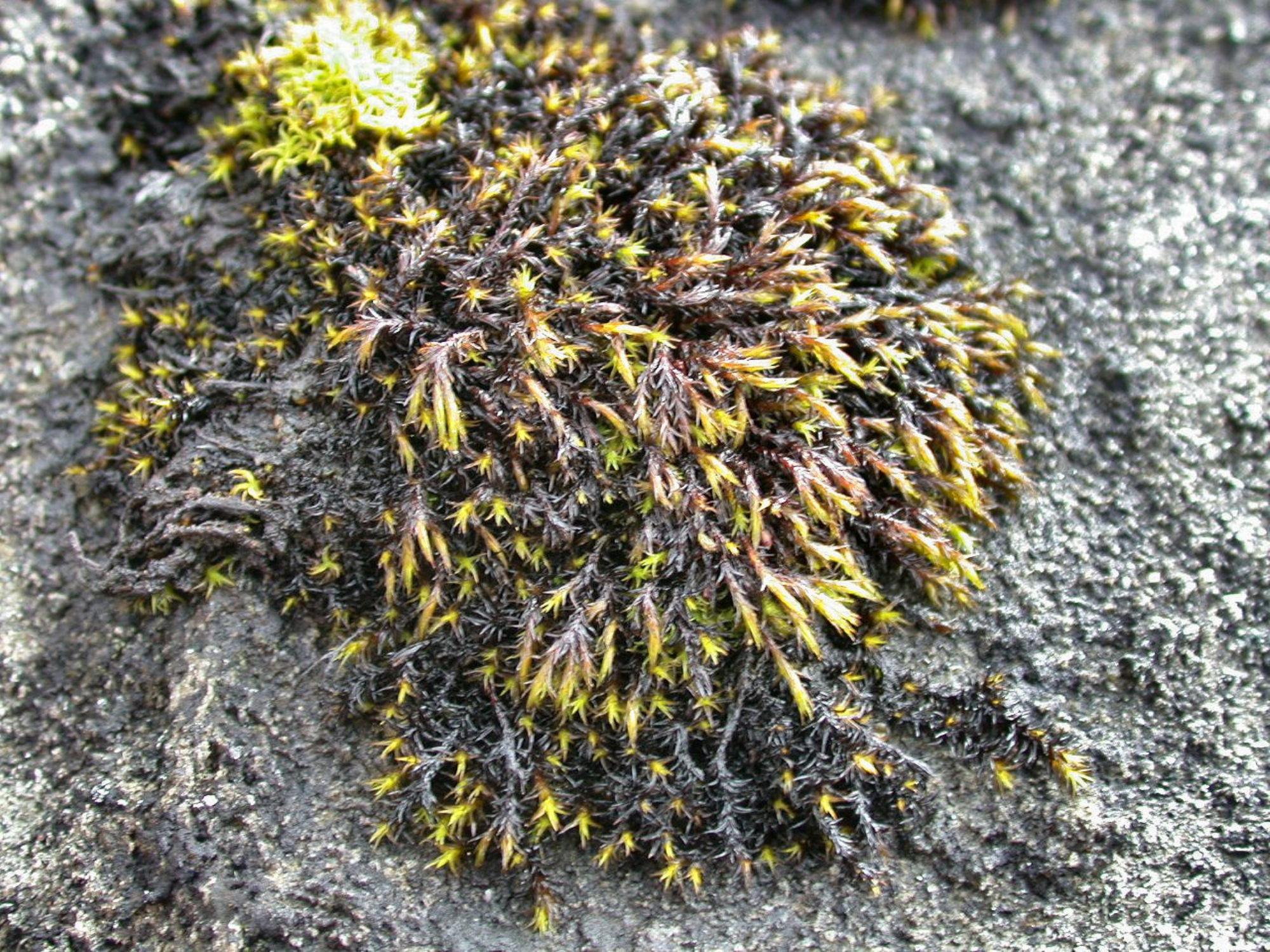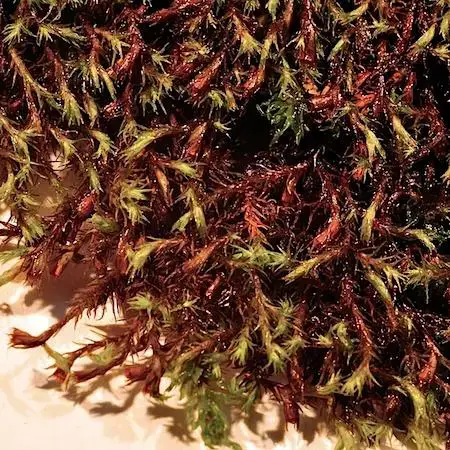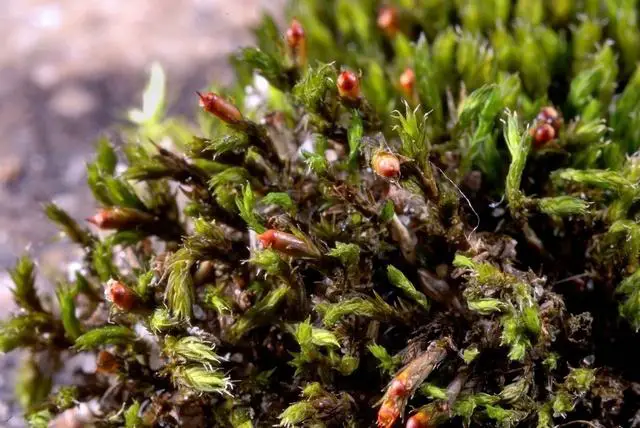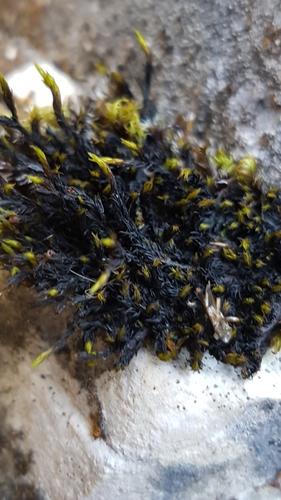
Schistidium-trichodon-Heasgarnich-2003_v1.jpg from: https://www.britishbryologicalsociety.org.uk/learning/species-finder/schistidium-trichodon/
Introduction
In the vast and captivating world of bryophytes, one particular moss species stands out for its resilience and adaptability – the Schistidium trichodon (Brid.) Poelt. Belonging to the Grimmiaceae family, this unassuming yet remarkable moss is commonly referred to as Schistidium. Despite its diminutive stature, this bryophyte holds a wealth of fascinating information that will delight enthusiasts and nature lovers alike.
Background
Before delving into the intricacies of

medium.jpeg from: https://www.naturalista.mx/taxa/168590-Schistidium-trichodon
Schistidium trichodon, it’s essential to understand the broader context of bryophytes. These non-vascular plants, which include mosses, liverworts, and hornworts, are often overlooked but play a crucial role in various ecosystems. They are among the oldest land plants, dating back to the Paleozoic era, and have evolved remarkable strategies for survival and reproduction.

schistidium_trichodon2.jpg from: http://luopioistenkasvisto.fi/Sivut/sammalet/mustapaasisammal.html
Main Content
Morphology and Identification
Schistidium trichodon is a small, acrocarpous moss that forms dense, cushion-like tufts or mats. Its leaves are lanceolate to ovate-lanceolate, with a distinctive hair-point at the apex. The leaf margins are often recurved, and the costa (midrib) is prominent, extending into the hair-point. The capsules are immersed or emergent, with a conical operculum (lid) and a peristome (fringe of teeth) that aids in spore dispersal.
Global Distribution and Habitat
This resilient moss species has a widespread distribution, occurring on various substrates across multiple continents. It can be found growing on rocks, walls, soil, and even tree bark in both urban and natural environments.

large.jpg from: https://www.naturalista.mx/guide_taxa/225523

medium-26141.jpeg from: https://plantdollar.com/plant/schistidium-trichodon/
Schistidium trichodon thrives in a wide range of habitats, from dry and exposed areas to shaded and moist locations, showcasing its remarkable adaptability.
Ecological Roles and Adaptations
Despite their small size, mosses like Schistidium trichodon play vital roles in their ecosystems. They act as pioneers, colonizing bare and disturbed areas, and contribute to soil formation and stabilization. Additionally, they serve as microhabitats for various invertebrates and provide nesting materials for birds and small mammals.
One of the key adaptations of Schistidium trichodon is its ability to tolerate desiccation. During dry periods, the moss can enter a state of

120px-Schistidium_trichodon_(b%2C_144626-474719)_5500.JPG from: https://de.wikipedia.org/wiki/Datei:Schistidium_trichodon_(b,_144626-474719)_5500.JPG
dormancy, reviving once moisture becomes available again. This remarkable trait allows it to thrive in environments where water availability is unpredictable.
Case Studies/Examples
In urban environments, Schistidium trichodon is often found growing on concrete walls, pavements, and even gravestones. Its ability to colonize these man-made structures highlights its resilience and adaptability. In natural settings, it can be observed on rock outcrops, cliffs, and even in alpine regions, where it plays a crucial role in stabilizing soil and providing a foothold for other plant species.
Technical Table
| Characteristic | Description |
|---|---|
| Phylum | Bryophyta |
| Class | Bryopsida |
| Order | Grimmiales |
| Family | Grimmiaceae |
| Genus | Schistidium |
| Species | trichodon |
| Growth Form | Acrocarpous, cushion-like tufts or mats |
| Leaf Shape | Lanceolate to ovate-lanceolate, with hair-point |
| Capsule | Immersed or emergent, conical operculum |
| Peristome | Present, aiding in spore dispersal |
Conclusion
The Schistidium trichodon (Brid.) Poelt moss, a member of the Grimmiaceae family, is a true testament to the resilience and adaptability of bryophytes. From its distinctive morphology to its widespread distribution and ecological roles, this unassuming moss species holds a wealth of fascinating information. As we continue to explore and appreciate the intricate world of bryophytes, let us ponder this thought-provoking question: How can we better protect and conserve these often-overlooked yet vital components of our ecosystems?